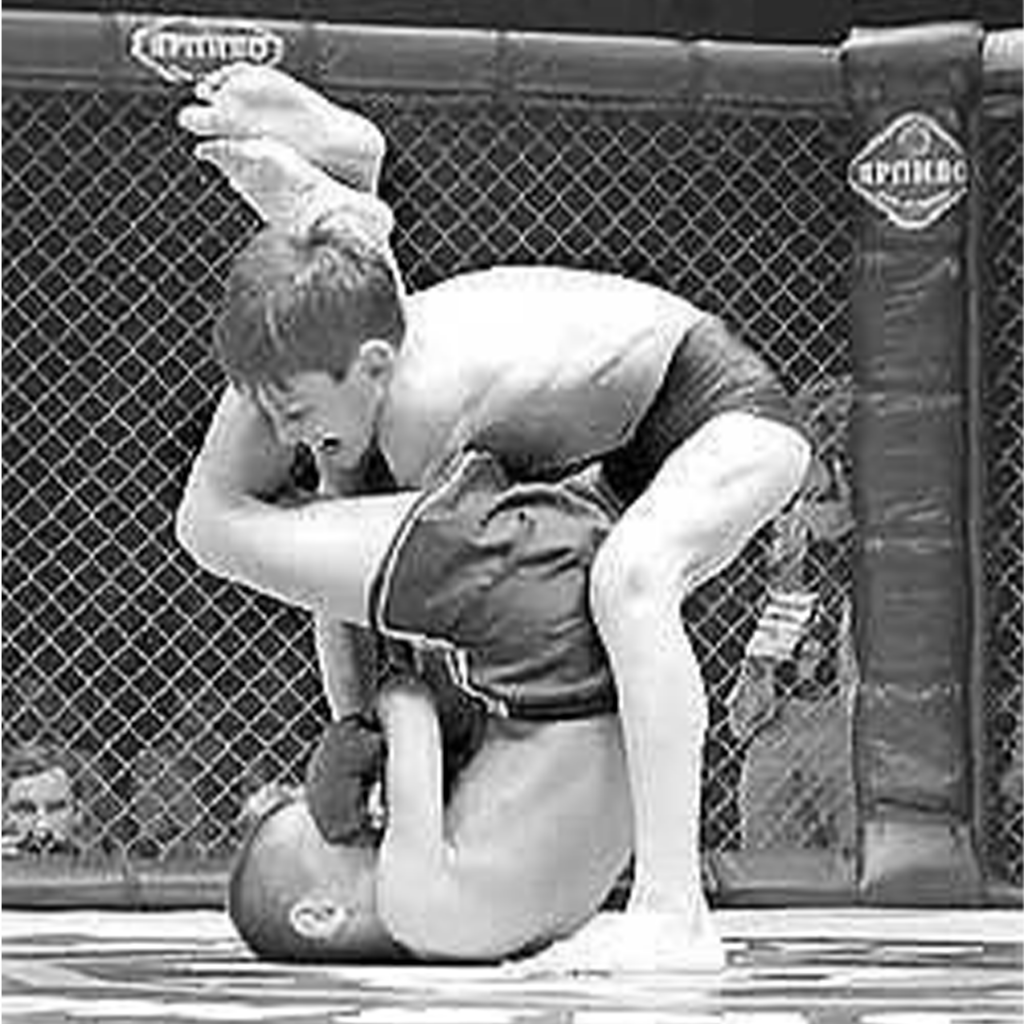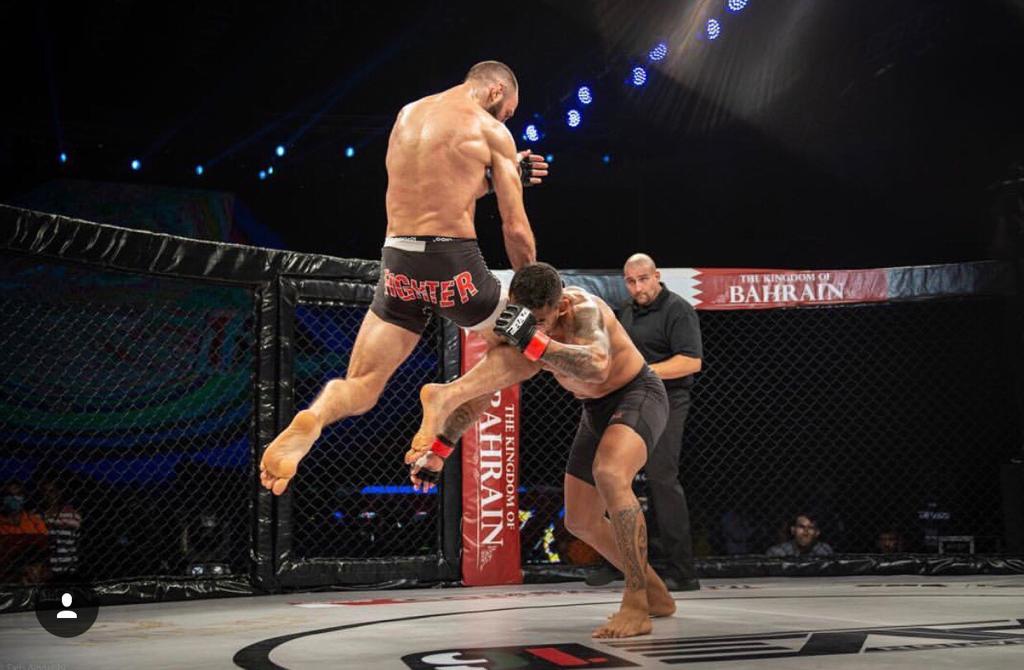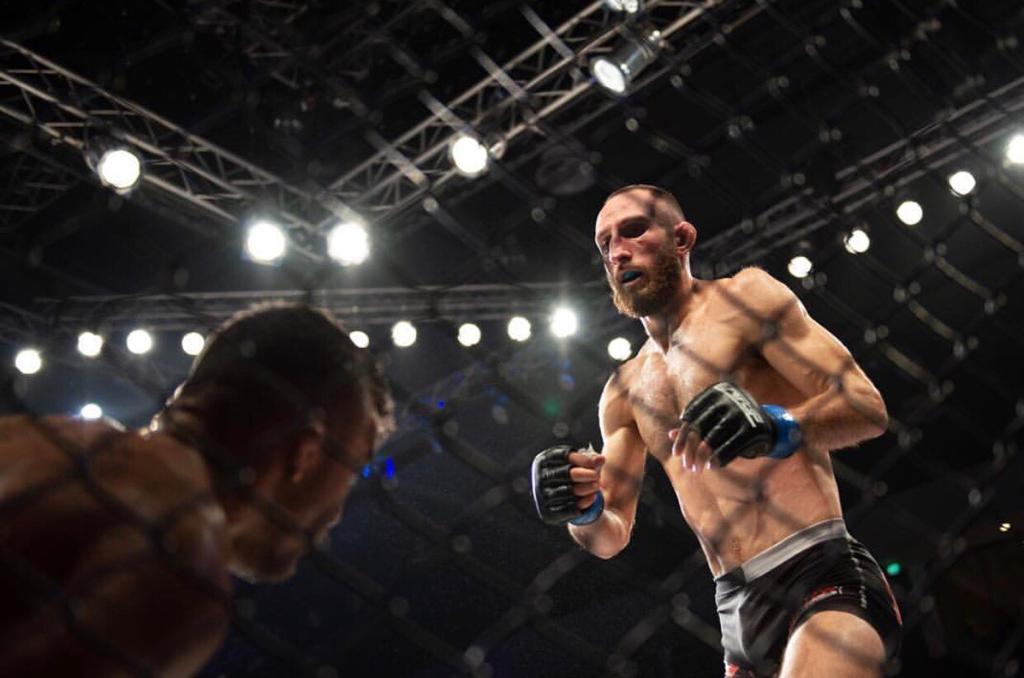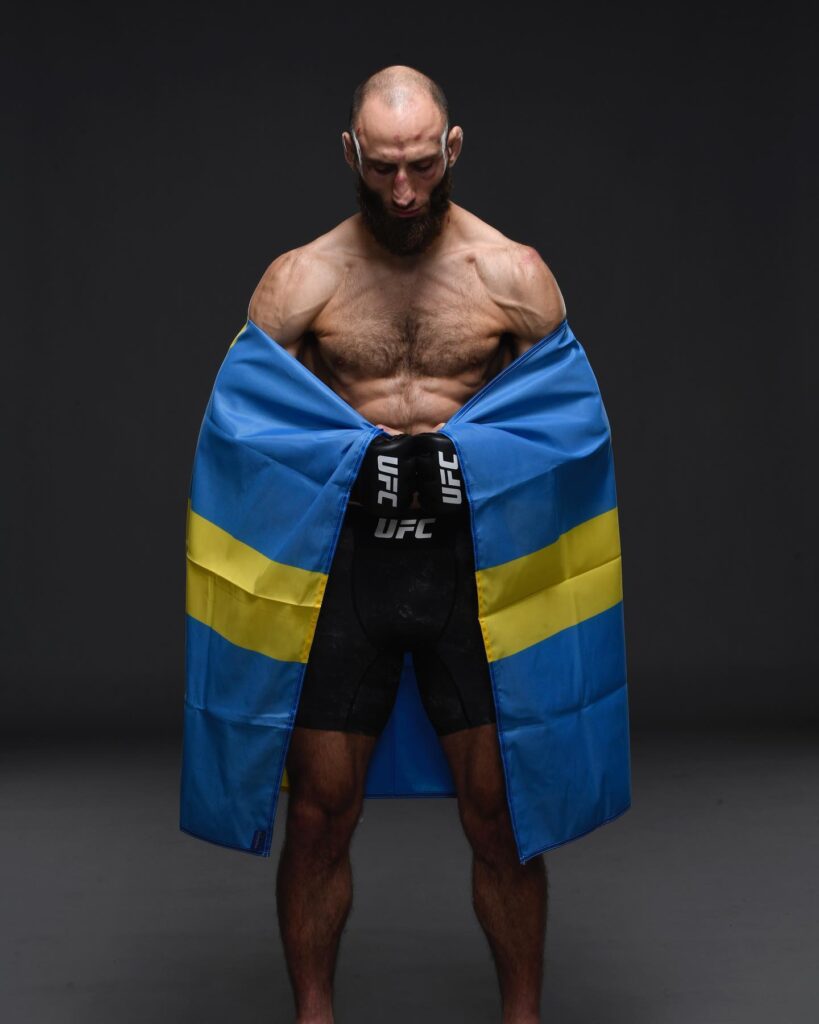
The Early Days
Guram Kutateladze was born in Georgia 1992. Already the same year he moved with his family to Moscow, due to the civil war that raged in Georgia.
When Guram was 5 years old, he started to train jujutsu in Kodokan Shin-ryu in Moscow, for the Russian instructor Tair Narimanov.
Guram went to his first competition only 2 months after that he had started to train. More competitions followed every month, or several times a month, around in Moscow and other Russian cities. Guram also traveled with the club to compete in the more rural parts of Russia and in Ukraine.
Between the ages of 5 to 11 years, Guram mostly competed in what is called “irigumi-go”. This is a freestyle blend of jujutsu, allowing strikes, kicks, takedowns, throws and submissions.
There was no organizational unity for those competitions, nor any unity of rules or points systems, all this differed from various kinds of competitions. Also the use of protective gear varied between different kinds of competitions.
Guram remembers that it sometimes was confusing for him as a child, to be able to try to remember and grasp various sets of point systems for different kinds of fights. But in the end, it did not matter so much, since finishing by submissions, or showing a clear advantage by keeping positions or dominating by punches, usually was what decided the fights.Guram was among the youngest, and also small for his age. Mostly he was below the weight classes for his age, or simply couldn’t find any opponents in his own weight class. So he often had to fight against older and bigger kids.
During his first year Guram lost almost all his fights, but in his second year he won almost all of them. He was already at that young age very diligent with training a lot, he always trained more times a week than other kids did. With hard training Guram focused on getting technically skillful in order to compensate for being small for his age.
Guram’s parents were also an important support to him. They went with him to trainings and competitions, and helped him to analyze what he needed to improve in his techniques and strategies to be able to win his fights.
During the time that Guram competed for Tair Narimanov, Guram won the Russian championships in irigumi-go jujutsu 9 times, and the CIS championships 3 times, as well as he won the second place in the European Championships in Skt Petersburg year 2002.
Year 200 the 9 years old Guram participated in his first MMA fight, against the 12 year old Yuri Cherney. The fight reached the Russian media, and the competitors’ young age created something of a scandal followed by debates. It was the first and only time in Russia that children competed with the same MMA-rules as adults. As Guram remember it though, it was not so different from other fights that he had participated in.The allowing irigumi-go style he previously had competed in, did anyway naturally end up pretty close to MMA. And as adrenaline kicked in and instincts took over, it did not matter so much if the fighting was called MMA or something else. Everywhere Guram went, he met other skinny boys that fought with heart and soul.
the journey
Up to the age of 12, Guram’s strong side in his fighting was his grappling skills, for which he still is deeply grateful to Tair Narimanov for having learned. Tair Narimanov was a pedagogically skilled trainer, who understood how to teach children techniques in a way that they easily could grasp and intuitively put to practice.
But in order to further develop his stand-up abilities, Guram decided to start training thaiboxing, and joined the club of the renowned muay thai trainer Junusov Boris in Moscow. Thaiboxing captured Guram’s interest intensively. For 2 years, between the age of 12 to 14, he spent all his spare-time training and competing, with a single-minded obsession which also gave good results.
Already during his first year of training thaiboxing, year 2004, Guram won the Moscow city Championships in weight class -54 kg. The same year he won the second place in the Russian Championships in Sochi. Guram got a place in the Russian national team in thaiboxing, and during year 2005-2006 he traveled around to compete in several of the former Soviet States.
Guram returned with his family to Georgia in year 2007, since the political situation now had calmed down. Back in Georgia, the now 15 year old Guram found it hard to find a new club he liked to train in. He tried out different clubs but did not like their techniques or pedagogics. He found none as good as the Moscow clubs he previously had trained in. In Georgia the martial arts clubs varied much in training methods, regarding technical and pedagogic approach, and the scene consisted of many local styles.
Guram finally settled with having something of a home-base in a gym owned by Slava Galiarov, a man who mostly taught military self-defense. Here Guram did his regular daily work-outs by help of his father as his personal trainer and coach. Guram then went to guest train in various other clubs – mostly just for sparrings.
This was very beneficial to Guram, as he got a good awareness about different styles, and insight in how different training methods gave different results in sparrings. Always being the outsider coming by for sparrings also taught Guram good social skills and humbleness.
One of Guram’s strong sides with martial arts is to always train with mindfulness, to always place importance on being aware about what one is doing – for what reason and for what use one does exercises. Physical hard training is always important, but it does not do much good if the pedagogic and methods are not intelligent, or adequate for achieving excellence in actual sparrings and competitions.
This intelligent and mindful approach to training is also something Guram’s father has helped him develop, by always being there for Guram since his early childhood, as coach and advisor, during regular everyday trainings as well as during competitions.




Between year 2007 and year 2009 Guram fought K1 fights as an independent fighter, mostly within Georgia, but also in nearby countries, as Azerbaijan.
In year 2010, at the age of 18, Guram got into the club of Golden Glory Georgia, under the coaches Bachuki Farcvania and Kakha Khumcaria. Here Guram came to train with the known Georgian fighter Davit Kiria, who also became a good friend to Guram.
Fighting for Golden Glory Georgia, Guram won 3 professional MMA fights in Georgia, and M1 Global year 2010 in weight-class -70 kg.
Being a fulltime professional MMA fighter is however not a good way of making a steady living, and the time consuming and hard physical training makes it difficult to combine with a normal job. Since Guram’s passion is martial arts, his life dream is also to somehow be able to work full time with martial arts as a real profession.
Sweden
During the years Guram had kept his friendship with his childhood trainer, Tair Narimanov. The jujutsu school Narimanov managed was in federation with the Swedish school Hoku Shin Ryu Jujutsu, owned by Soke Jan-Erik Karlsson.
As a child, Guram had on several occasions personally met Soke Jan-Erik on various training camps in Russia and Ukraine. The first time Guram was only 8 years old, but Guram’s unusual dedication and talent had already then left a memorable impression on Soke Jan-Erik.As things turned out, Soke Jan-Erik Karlsson could offer Guram a job in the dojo in Lund in Sweden.
Guram’s broad experience within martial arts, and his childhood background with training for Tair Narimanov, made him fit as an instructor in House of Samurai.During year 2011 and 2012, Guram first visited Sweden a number of times on tourist visa. During these visits he lived in a traditional way as a uchi-dechi student in House of Samurai; sleeping on the training mats, working at the dojo and participating in all classes.
Guram became well-liked among the other students in the dojo, did good with the traditional training, and started to give classes in modern thaiboxing and grappling for those that were interested.
In September year 2012, at the age 20 years, Guram became formally employed at House of Samurai, and could thus also get work-permit residency to work and live in Sweden. This became the start of Guram’s new life in Sweden. After several years with work-permit residency Guram finally received his Swedish citizenship year 2019.

